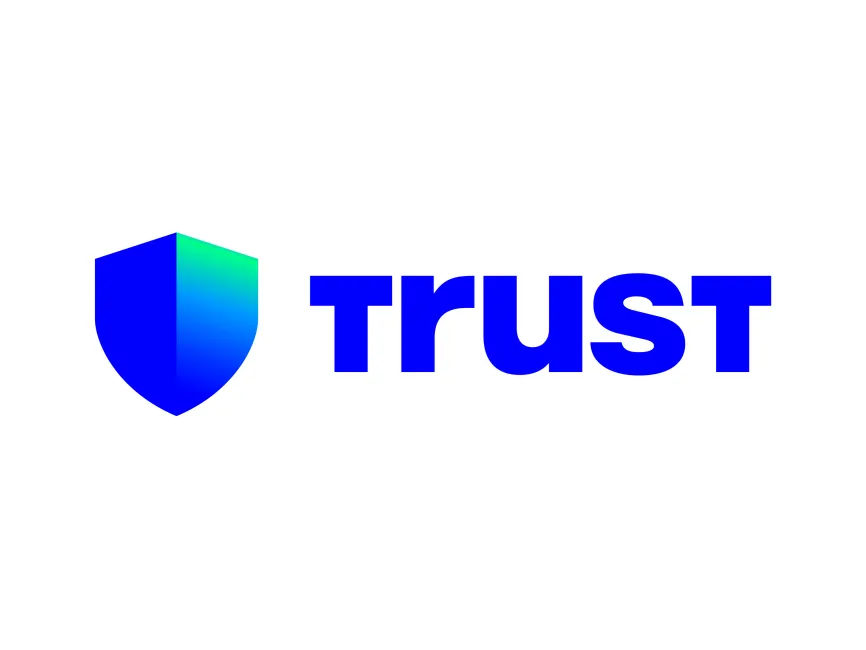Wow! So, I was messing around with different crypto wallets the other day, and honestly, the experience felt all over the place. One minute I was on Ethereum, the next on Binance Smart Chain, juggling tabs, switching apps. It’s a mess—especially if you’re deep into DeFi and want to keep your portfolio tidy across chains. Seriously, who has time for that? I kept wondering if there’s a smoother way to handle it all without feeling like I’m playing whack-a-mole with my assets.
My gut said the answer might lie in browser extensions. But initially, I thought extensions were just for quick access or basic transactions. Turns out, they’re much more powerful—and not just a gimmick.
Here’s the thing. Managing multi-chain DeFi isn’t just about convenience; it’s about control, security, and having a holistic view of your digital assets without bouncing between apps. Extensions can bring all that to your fingertips.
Now, I’m biased—I’ve been using crypto wallets for years, and I’m always hunting for tools that make life easier. But I admit, some extensions felt clunky or limited in scope, which kind of bugged me. Something felt off about their approach to multi-chain access, especially when it came to seamlessly switching or aggregating portfolio data.
Actually, wait—let me rephrase that… I realized most extensions lacked a truly integrated portfolio management experience that spans diverse blockchains. They either focus heavily on one chain or offer basic support without the depth DeFi users crave.
Check this out—imagine having a single extension that bridges multiple chains, letting you not only manage assets but also dive into DeFi protocols without leaving your browser. That’s where tools like trust wallet come in. They’ve built an extension that’s more than just a wallet; it’s a multi-chain DeFi gateway.

Okay, so here’s why this matters. DeFi ecosystems are sprawling. Ethereum, BSC, Polygon, Avalanche—all have their own dApps and tokens. If you’re a serious user, juggling multiple wallets for each chain quickly becomes a nightmare. But with a well-designed browser extension, you get a unified interface that abstracts away the complexity, letting you interact with all your assets seamlessly.
Now, on one hand, mobile wallets are great—they’re portable and secure. Though actually, when you’re deep in DeFi, desktop browser extensions offer superior usability. You can jump into complex dApps, manage smart contracts, and monitor your portfolio with much more precision. That extra screen real estate and keyboard make a big difference.
Hmm… I remember when I first tried using a multi-chain extension; the initial setup was a bit tricky. You have to connect your wallets properly, grant permissions, and be mindful of security. But once you get past that hump, it feels like having a cockpit for your DeFi flights.
Here’s what bugs me about some wallet extensions, though—they don’t always update fast enough to keep pace with the latest DeFi protocols. That lag can mean missed opportunities or worse, exposure to vulnerabilities. I’m not 100% sure if that’s due to resource constraints or the sheer complexity of multi-chain integration, but it’s a real concern.
Speaking of security, browser extensions naturally raise eyebrows. People worry about phishing, malicious scripts, or data leaks. My instinct says you should always double-check the extension’s source and community trust levels before diving in. For example, trust wallet has a solid reputation, which gave me some peace of mind.
Another thought—while these extensions promise multi-chain access, not all chains are created equal in terms of DeFi maturity. Some still lack robust dApps or have slower transaction speeds. So, the extension’s value partly depends on which chains you actually use.
Portfolio Management: More Than Just Balances
Managing a portfolio across chains isn’t just about seeing your token balances. You want insights—performance metrics, historical data, staking rewards, liquidity positions, and even gas fee tracking. This is where comprehensive extensions shine.
At first, I thought portfolio tracking was secondary. But after some trial and error, I realized that without real-time, consolidated data, it’s easy to lose track of profits or risks. That’s especially true if you’re farming yield on multiple protocols simultaneously.
Extensions that integrate DeFi analytics tools right into the interface help bridge that gap. You don’t have to jump between sites or use clunky spreadsheets. That’s a big time saver—plus it lowers the chance of human error when managing diverse assets.
By the way, the browser extension I mentioned earlier also lets you connect hardware wallets, which adds a layer of security that I appreciate. I’m cautious about keeping large sums accessible on browser-based tools alone.
Wow! Just thinking back, the evolution from simple wallet extensions to full-on multi-chain portfolio hubs happened fast. It’s like going from a basic sedan to a Tesla with autopilot—more features, smarter interfaces, and better integration.
Still, some challenges remain. Network congestion, occasional UI glitches, or confusing permission prompts can trip up even seasoned users. I guess that’s the trade-off for being on the cutting edge.
Okay, so check this out—if you haven’t tried using a multi-chain wallet extension yet, give it a shot. Start small, maybe just one chain, and explore how it changes your workflow. You might find yourself wondering how you ever managed without it.
And if you’re curious, here’s a reliable spot to check out the trust wallet browser extension. It’s designed with multi-chain DeFi users in mind and feels surprisingly intuitive once you get going.
In the end, the future of DeFi portfolio management probably leans heavily on these kinds of browser tools. They put power and control directly in your hands, reducing friction and making complex interactions feel natural.
So yeah, I’m excited but also cautious. The tech is promising, but it’s still evolving. I’ll be keeping an eye on how these extensions improve over time, especially when it comes to security updates and cross-chain compatibility.
And by the way, if you’ve got your own experiences with multi-chain wallet extensions, I’d love to hear about what worked or didn’t for you. There’s always something new to learn in this space.
